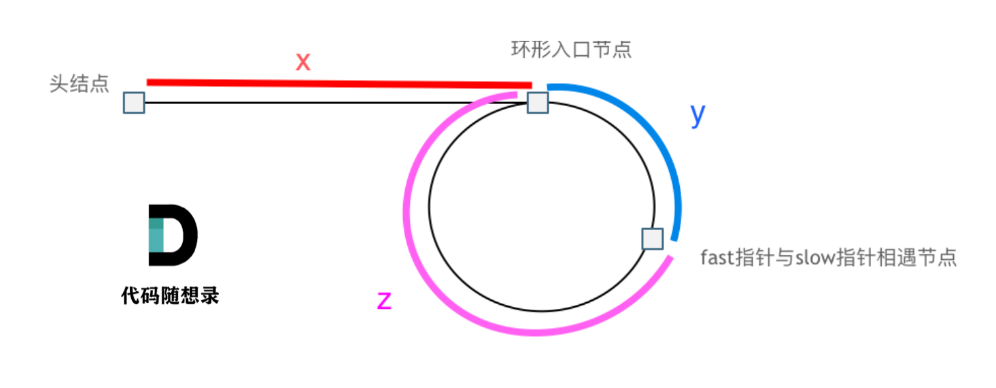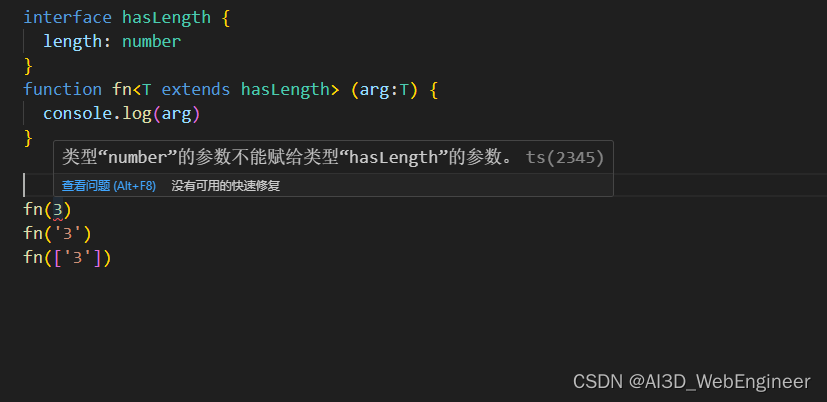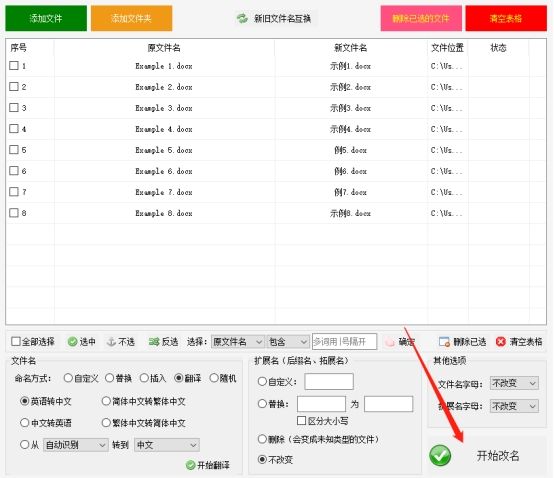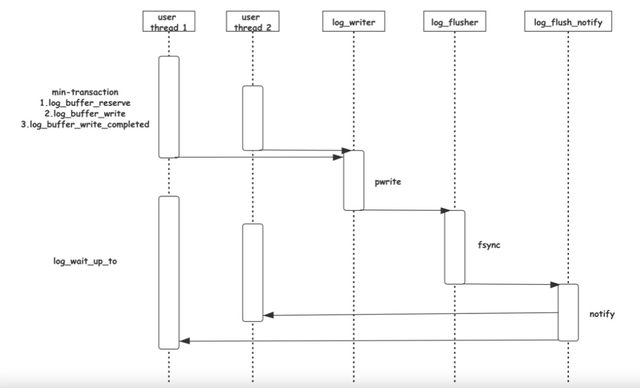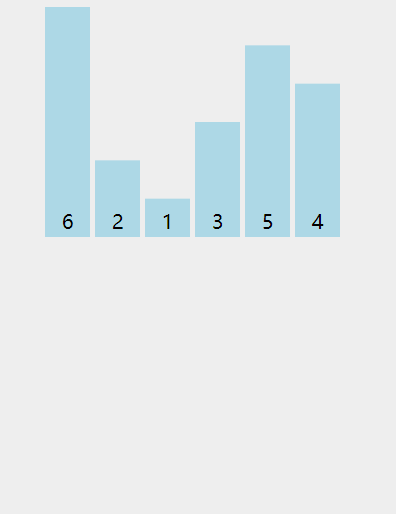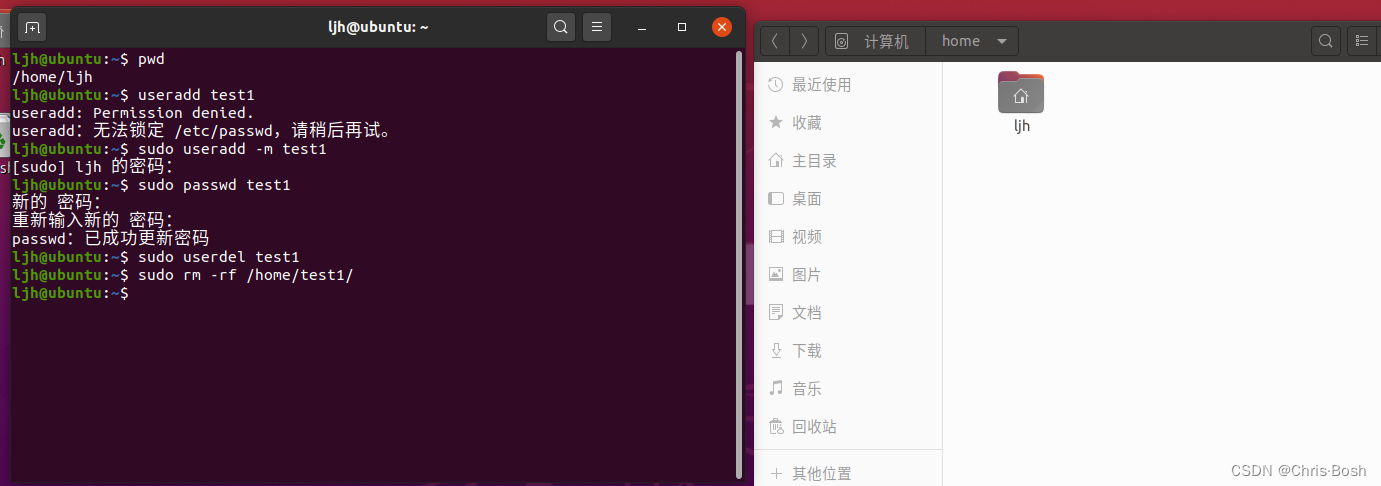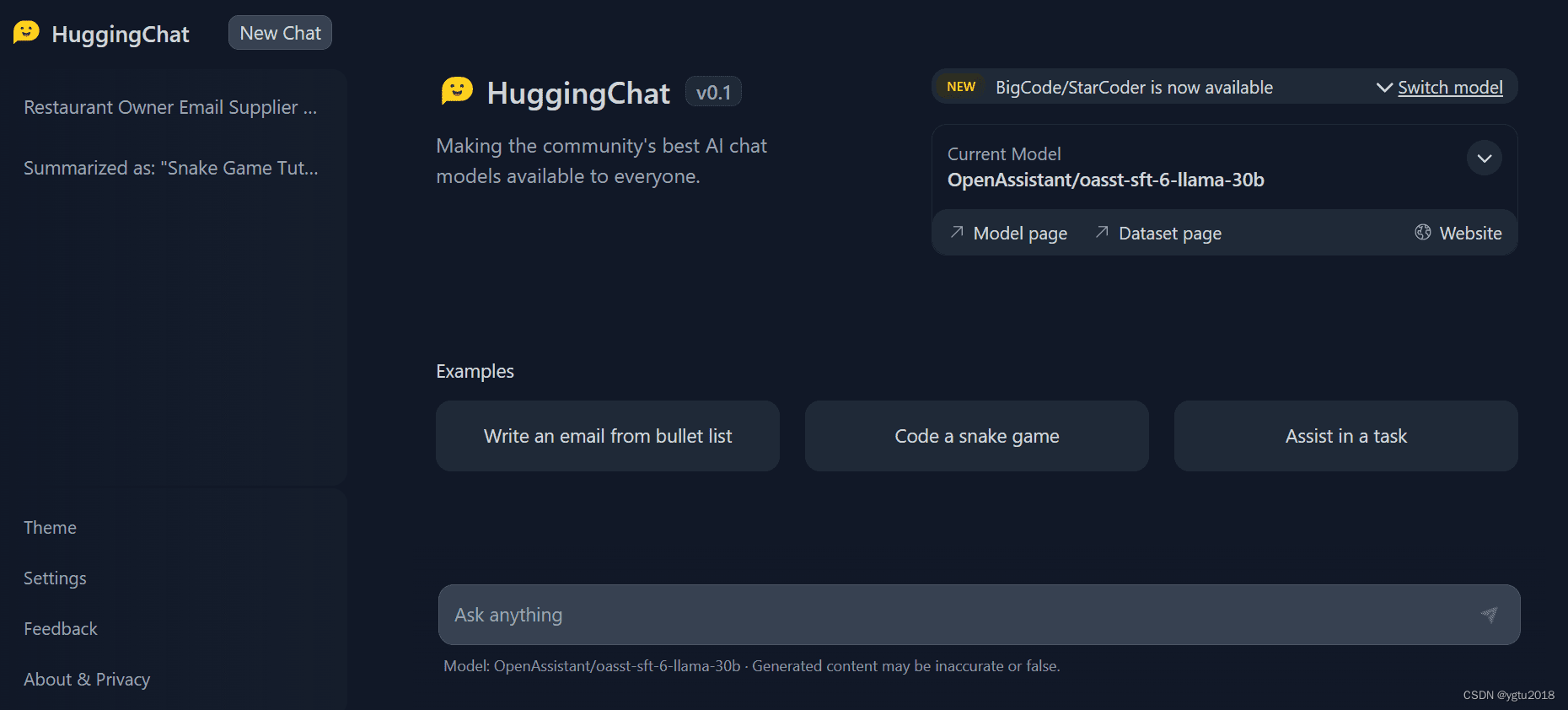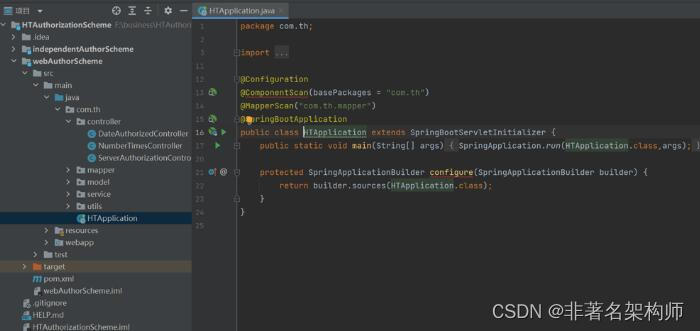简介
- skip和skipif,见名知意就是跳过测试,主要用于不想执行的代码,标记后,标记的代码不执行。
- 希望满足某些条件才执行某些测试用例,否则pytest会跳过运行该测试用例
- 实际常见场景:根据平台不同执行测试、跳过依赖、功能未完成预期不能执行的测试
用例跳过方式及实例
1、标记在函数方法上
@pytest.mark.skip(reason="不执行函数方法")
def test_demo2():
print("类外面的测试用例2")
2、标记在类中的函数方法上
class TestStudy:
def test_one(self):
print("类测试用例1")
@pytest.mark.skip(reason="不执行类的函数方法")
def test_two(self):
print("类测试用例2")
3、标记在类上
@pytest.mark.skip(reason="不想执行")
class Skip:
def test_one(self):
print("%% 不会执行 %%")
1、2、3整体参考示例
import test
import pytest
@pytest.fixture(autouse=True)
def login():
print("---登录---")
def test_demo1():
print("类外面的测试用例1")
@pytest.mark.skip(reason="不执行函数方法")
def test_demo2():
print("类外面的测试用例2")
class TestStudy:
def test_one(self):
print("类测试用例1")
@pytest.mark.skip(reason="不执行类的函数方法")
def test_two(self):
print("类测试用例2")
@pytest.mark.skip(reason="不想执行")
class Skip:
def test_one(self):
print("%% 不会执行 %%")
if __name__ == '__main__':
pytest.main()
执行结果:
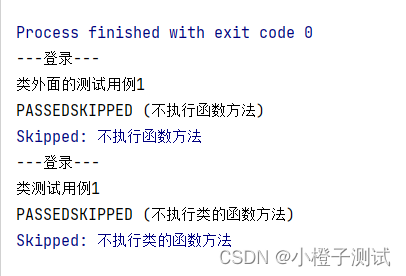
小结:
@pytest.mark.skip可以加在函数上,类上,类方法上- 如果加在类上面,类里面的所有测试用例都不会执行
以上小案例都是针对:整个测试用例方法跳过执行,下面是 在测试用例执行期间强制跳过的小栗子
4、pytest.skip()函数基础使用
作用:在测试用例执行期间强制跳过不再执行剩余内容
类似:在Python的循环里面,满足某些条件则break 跳出循环
以简单的for循环为例,执行到第三个的时候,跳出,参考示例
def test_function():
for i in range(50):
print(f"输出第 【{i}】个数")
if i == 6:
pytest.skip("我跑不动了,不输出了")
执行结果
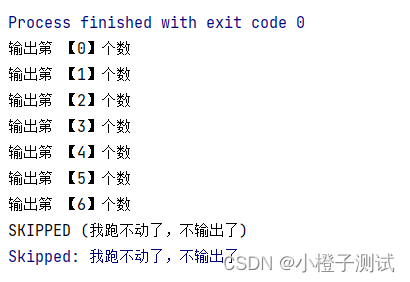
5、在模块级别跳过测试
语法:pytest.skip(msg="",allow_module_level=False),当 allow_module_level=True 时,可以设置在模块级别跳过整个模块,示例代码如下:
import sys
import pytest
if sys.platform.startswith("win"):
pytest.skip("skipping windows-only tests",allow_module_level=True)
@pytest.fixture(autouse=True)
def login():
print("--- 登录 ---")
def test_demo():
print("--- 测试用例 ---")
执行结果
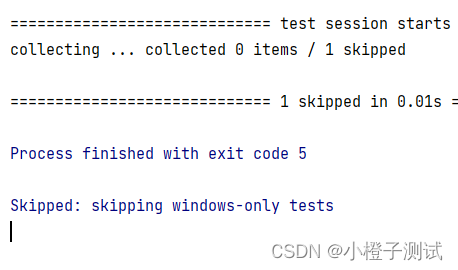
6、希望有条件地跳过某些测试用例
作用:希望有条件地跳过某些测试用例
语法:@pytest.mark.skipif(condition, reason="")
注意:condition需要返回True才会跳过
示例代码如下:
class TestStudy:
def test_one(self):
print("类测试用例1")
# @pytest.mark.skipif(sys.platform == "win"),reason="windows系统 不执行")
@pytest.mark.skipif(sys.platform.startswith("win"),reason="windows系统 不执行")
def test_two(self):
print("类测试用例2")
执行结果
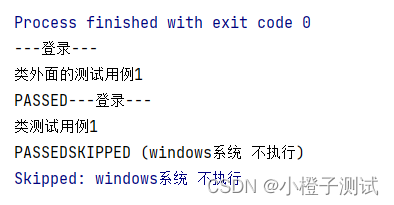
7、跳过标记的使用
好处:
- 方便用例的统一管理维护
- 在不同模块之间共享这个标记变量
- 若有多个模块的测试用例需要用到相同的 skip 或 skipif ,可以用一个单独的文件去管理这些通用标记,然后适用于整个测试用例集
需要将 pytest.mark.skip 和 pytest.mark.skipif 赋值给一个标记变量,用变量(注解变量)进行标记
#标记
skipmark = pytest.mark.skip(reason="不能在window上运行=====")
skipifmark = pytest.mark.skipif(sys.platform == 'win32', reason="不能在window上运行啦啦啦=====")
@skipmark
class TestSkip_Mark(object):
@skipifmark
def test_function(self):
print("测试标记")
def test_def(self):
print("测试标记")
@skipmark
def test_skip():
print("测试标记")
执行结果
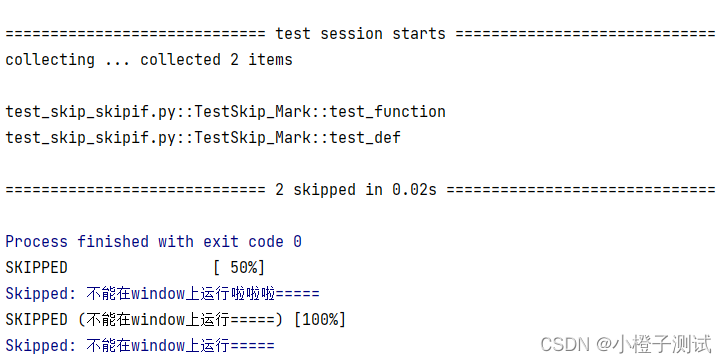
8、缺少某些导入跳过的测试
作用:如果缺少某些导入,则跳过模块中的所有测试
语法:pytest.importorskip( modname: str, minversion: Optional[str] = None, reason: Optional[str] = None )
参数列表
- modname:模块名
- minversion:版本号
- reason:跳过原因,默认不给也行
# 标记
importskip = pytest.importorskip("importskip", minversion="0.3",reason="不能在 windows系统 执行")
@importskip
def test_demo():
print("测试标记")
执行结果
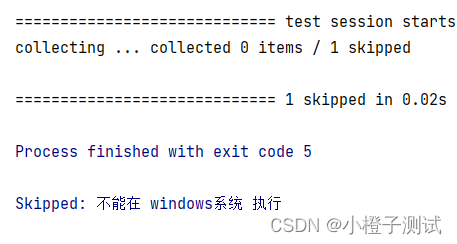
执行结果一:如果找不到module
Skipped: could not import 'pexpect': No module named 'pexpect'
collected 0 items / 1 skipped
执行结果一:如果版本对应不上
Skipped: module 'sys' has __version__ None, required is: '0.3'
collected 0 items / 1 skippe
参考文章




